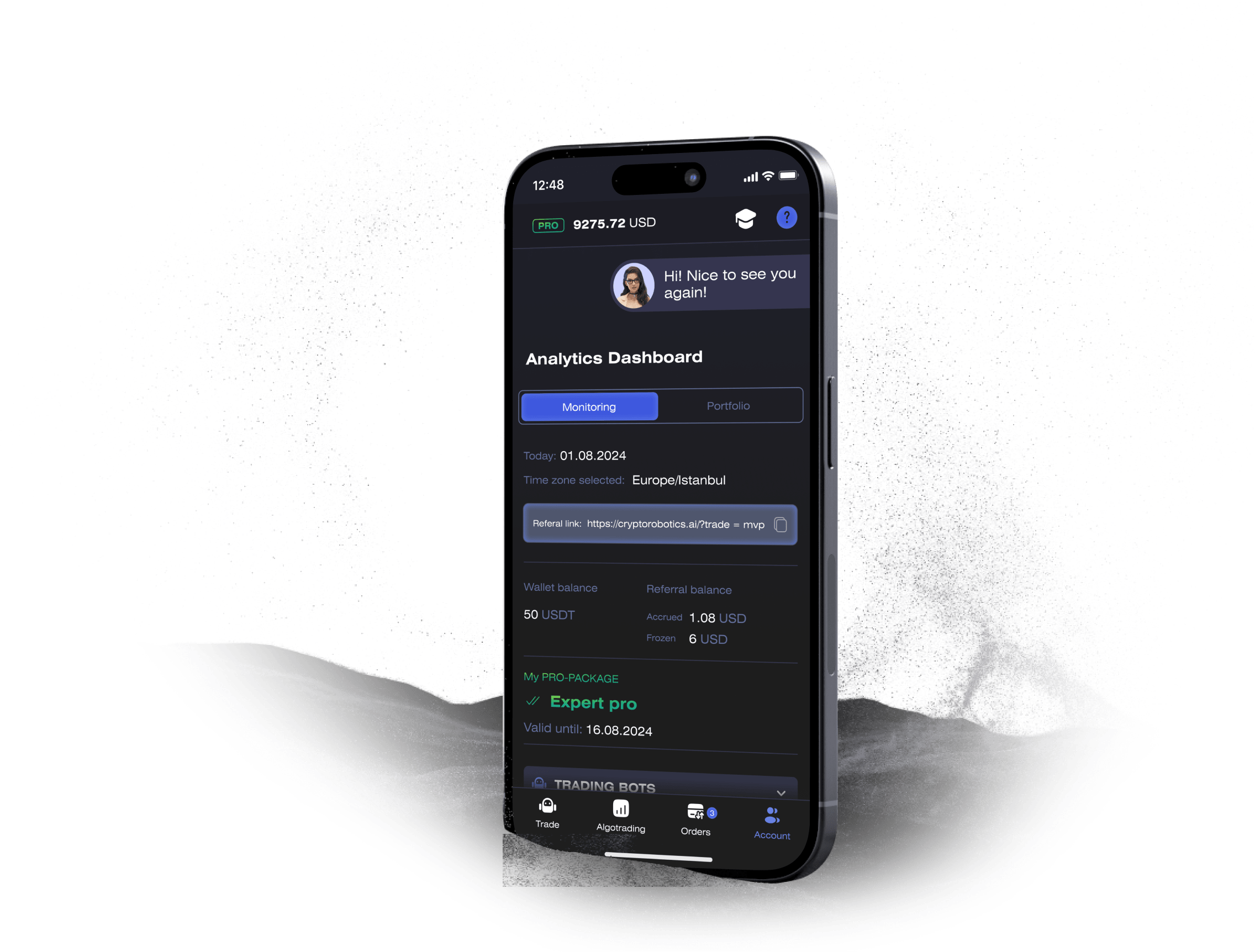Published: January 19, 2025 at 2:40 pm
Updated on January 19, 2025 at 2:40 pm
We use cookies to help you navigate efficiently and perform certain functions. You will find detailed information about all cookies under each consent category below.
The cookies that are categorized as "Necessary" are stored on your browser as they are essential for enabling the basic functionalities of the site. ...
Necessary cookies are required to enable the basic features of this site, such as providing secure log-in or adjusting your consent preferences. These cookies do not store any personally identifiable data.
Functional cookies help perform certain functionalities like sharing the content of the website on social media platforms, collecting feedback, and other third-party features.
Analytical cookies are used to understand how visitors interact with the website. These cookies help provide information on metrics such as the number of visitors, bounce rate, traffic source, etc.
Performance cookies are used to understand and analyze the key performance indexes of the website which helps in delivering a better user experience for the visitors.
Advertisement cookies are used to provide visitors with customized advertisements based on the pages you visited previously and to analyze the effectiveness of the ad campaigns.


Cardano (ADA) has carved a niche for itself in the crowded field of cryptocurrency trading, thanks to its robust community and strategic partnerships. As the cryptocurrency exchange market begins to heat up, Cardano’s careful and systematic approach, along with its upcoming ecosystem enhancements, could give it an edge over rivals like Solana (SOL). Let’s take a closer look at the factors driving ADA’s growth and what the future might hold for this digital asset.
In the wider cryptocurrency trading markets, Cardano and Solana stand as two titans. Both have made substantial waves, with Cardano leaning heavily on a research-oriented methodology and Solana championing rapid performance and scalability. Presently, both assets rank among the top 10 digital currencies by market capitalization, though Solana holds a notable lead over Cardano.
Cardano’s methodical and research-driven stance sets it apart. The network is built on rigorous testing, peer-reviewed research, and formal verification—elements that contribute to its security and reliability. While this approach may seem slower, it cultivates a loyal community that prioritizes long-term reliability and sustainability. Cardano’s base is rooted in academic rigor and aims to address genuine global challenges like financial inclusion.
Contrastingly, Solana boasts a rapidly expanding developer community. The platform’s focus on high-speed transactions has lured numerous developers, especially in the realms of DeFi and NFTs. Its community benefits from initiatives like hackathons, developer grants, and educational resources. Solana’s community culture is a mix of innovation and levity, enhancing its appeal to talent.
Cardano’s market performance has often been linked to its strategic alliances. The speculation around a potential partnership with SpaceX, for example, sent ADA’s price soaring by 2.5% in just 24 hours, with gains of 40% over the week and 73% over the fortnight. This speculation alone has moved Cardano’s market cap dramatically, pushing ADA back into the top ten cryptocurrencies.
Cardano’s partnership with XRP via the Midnight sidechain is also noteworthy. This collaboration promises to bolster Cardano’s DeFi capabilities, enhance blockchain interoperability, and introduce a stablecoin layer. By leveraging Ripple’s liquidity network, this partnership could enhance ADA’s utility and appeal.
Solana’s growth is fueled by its high throughput and low transaction costs, coupled with a developer-centric ethos. The community’s ability to transform criticism into memes has fostered internal solidarity. Solana’s initiatives like “The Port” indicate a commitment to continuous innovation and collaboration.
Cardano is poised for significant upgrades this year, which could enhance the market performance of its native token. These enhancements include the Hydra scaling solution, which aims to enable thousands of transactions per second while maintaining decentralization and security.
Solana’s unique consensus mechanism, which blends proof-of-history (PoH) and proof-of-stake (PoS), allows it to achieve high transaction speeds. Capable of handling 65,000 transactions per second, Solana has become a favorite among developers and traders, especially in the DeFi and NFT sectors.
Many market watchers believe Cardano’s coin could see substantial growth soon. Analysts have forecasted significant gains for ADA, with some suggesting it could rally similarly to Ripple’s XRP. Notably, X user CryptoBullet speculated that ADA could echo XRP’s recent performance.
Solana has rapidly grown due to its high-speed blockchain and expanding ecosystem. However, questions remain about whether such speed compromises security. Despite this, Solana’s commitment to community support and innovation suggests a strategy for sustained growth.
In essence, Cardano and Solana both have vibrant communities, but Cardano’s is anchored in academic rigor and long-term reliability. Solana’s community is marked by rapid growth and high performance. With its strategic partnerships and upcoming upgrades, Cardano is poised for significant growth, potentially outpacing Solana in the cryptocurrency trading markets. Both cryptocurrencies have bright futures ahead, but Cardano’s methodical approach and strong community support may give it the upper hand in the long run.
Access the full functionality of CryptoRobotics by downloading the trading app. This app allows you to manage and adjust your best directly from your smartphone or tablet.
